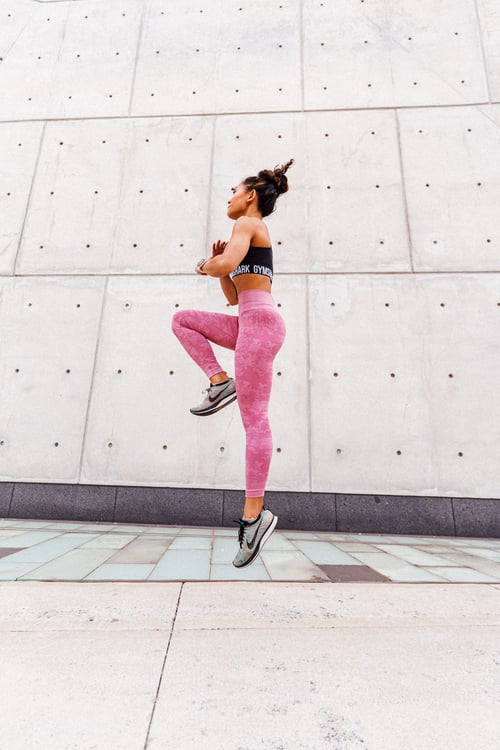Blisters - What to Do to Treat Them and How to Prevent Them

In the large scheme of life, blisters may not seem anything to worry about. These tough pillows of damaged skin filled with clear yellow fluid can appear anywhere on the body, although they are more likely to occur on the feet, especially when poorly fitting tight shoes are worn. But to ignore them can lead to problems like infections.
What you should ignore is any urge you may get to stick a pin or needle in its pillow of thick skin to drain it of its clear yellow fluid in an attempt to hurry the healing process. It's a sure way to invite infection. And don't pick at the edges or peel the skin away when it finally bursts — on its own. And it will burst and heal if left alone, but it will take anywhere from three to seven days.
How to Care For A Blister
Meanwhile, there are several things you can do to treat your blister, the most important being to keep it dry and clean. If it is painful you can cover it with a soft padding to prevent your shoes from rubbing it raw. Or you can purchase blister bandages which come in several sizes and shapes and can be found in most drug stores and supermarkets. They will not speed up healing, but they will protect it from becoming infected. But if it should appear to be infected you should see a podiatrist or MD as soon as possible since, although it's rare, the infection can enter the bloodstream, leading to serious problems like sepsis, cellulitis, and bacteremia.
How to Tell If a Blister is Infected
An infected blister is hard to miss. Telltale signs include
- Pus
- Foul smell
- Pain
- Swelling
- Warmth
Even if it doesn't appear to be infected, if it bleeds or doesn't seem to be healing, it probably is. Even if you're not sure, you should see your doctor. He or she can perform a biopsy and once the cause of infection is discovered, can prescribe either an antibiotic or antifungal medication.
How to Prevent Blisters
Blisters are not confined to the feet, they can form anywhere clothing rubs against the skin or skin rubs against skin e.g. inner thigh against inner thigh when exercising in hot weather. Taking the following steps will go a long way in preventing such chafing:
- Wearing moisture wicking socks
- Avoiding shoes that are too tight too loose
- Acting proactively by applying a padded bandage or moleskin patch to problem areas
- Applying Vaseline or other lubricant to areas where skin or clothing may rub
And by all means, STOP your activity, whether it is running, walking, or exercising as soon as you feel even a hint of discomfort or pain, or if the area is turning red. These are all signs that a blister may be forming.
However, if despite taking all these precautions, you do get a blister, the key to letting it run its course without complications is to have patience ---- and faith that it will heal on its own. Keep an eye on it to make sure it's not infected but otherwise ignore it. An out of sight, out of mind attitude will lessen the temptation to hurry it along.







